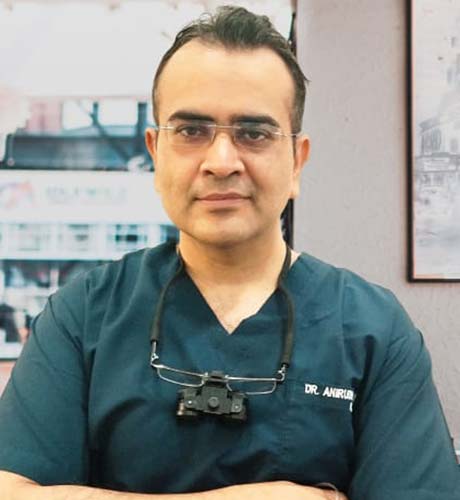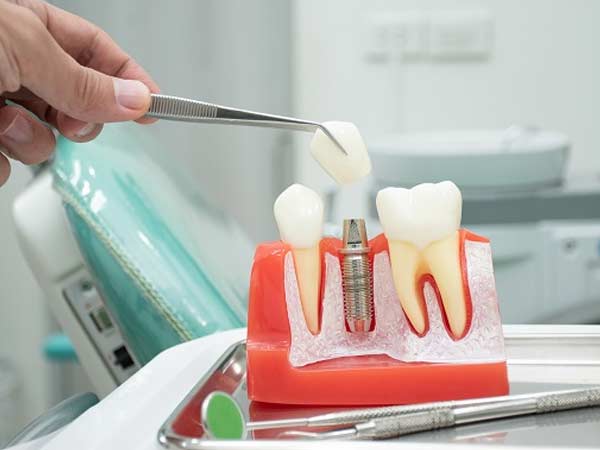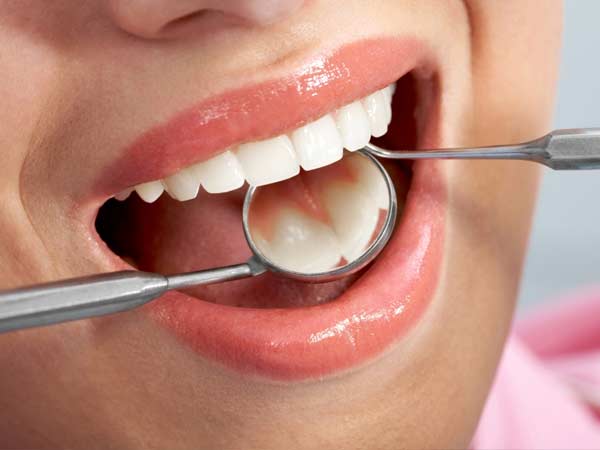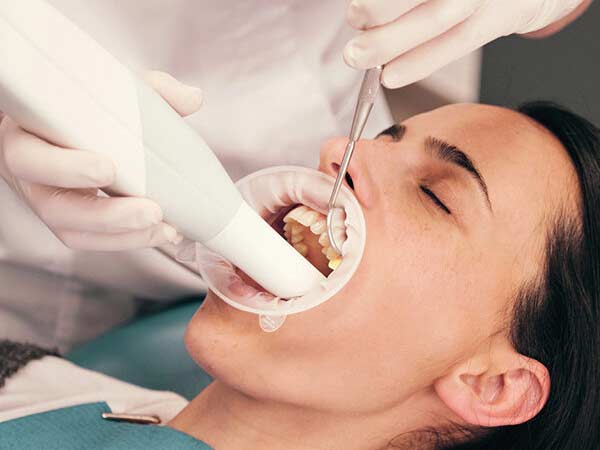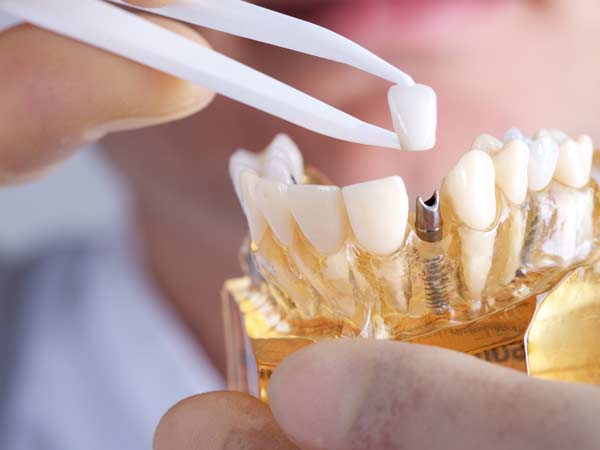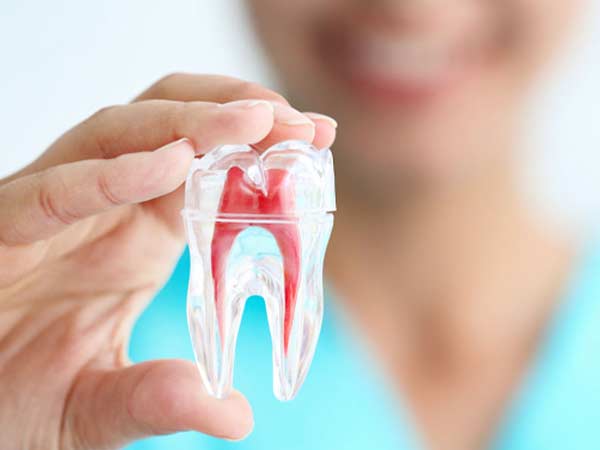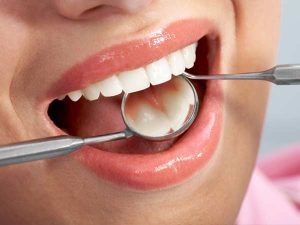 Caries is the most common oral disease in our society, so fillings are a very common treatment.
Caries is the most common oral disease in our society, so fillings are a very common treatment.
In fact, it is estimated that it affects 90% of the world’s population, both children and adults.
And, given this prevalence, it is also very possible that you have ever had to undergo the procedure to treat it: the dental filling.
At this point, it should be remembered that caries is a destruction of tooth tissues that occurs for two main reasons.
On the one hand, it is due to the intake of acids and sugars contained in food and drinks.
On the other hand, it is a consequence of poor oral hygiene, either due to insufficient tooth brushing or errors in the brushing technique.
If we take into account the two reasons why caries develops, it is not uncommon for there to be a high prevalence of this disease among the population.
If tooth decay is not treated early with a filling, it will destroy the tooth structure and require a more complex procedure: a root canal.
What is a dental filling?
The filling – whose technical name is ” filling ” – is a treatment typical of the specialty of Conservative Dentistry that serves to repair a damaged tooth.
This procedure consists of removing caries from a tooth so that this disease does not progress and affect the nerve of the tooth, which would result in having to perform endodontics or root canal treatment.
In the next point we will detail the steps that this process consists of.
How is a filling made?
A dental filling is a simple and relatively quick treatment, which takes approximately 40 or 50 minutes to complete.
In our clinic, we carry it out in the following way:
- Anaesthesia
Before starting the procedure, the dentist applies local anaesthesia in cases that require it.
In other words, this technique is used when the caries is very advanced and affects the dentin, which is the deepest part of the tooth and where the nerve endings are found.
- Tooth decay cleaning
The dentist removes the carious tissue from the tooth.
By removing the part of the tooth that is not healthy, it leaves a cavity that must be filled later.
- Cavity filling
To fill the gap left after cleaning the caries, we generally use composite.
Once the dentist has finished filling the cavity, they apply light so that the material hardens.
- Polishing and occlusion adjustment
Once we have carried out the previous step, we polish the filling and perform a bite test.
In this way, we ensure that the aesthetic and functional result is optimal.
What type of dental filling is best?
Depending on the filling material used to fill the tooth, there are two types of dental fillings:
Metal
The so-called metal dental fillings are those made of silver amalgam.
Their main advantage over other types of seals is that they are very durable, since they have an estimated duration of 30 years.
However, this material has the drawback of being unaesthetic since the silver amalgam stands out a lot against the natural white of the tooth.
Therefore, it can be said that amalgam has fallen into disuse .
Resin or composite
Resin or composite dental fillings are the ones that are most commonly performed today.
This is because said material has the advantage of being much more aesthetic than any other based on metals.
That is, the composite imitates the original white colour of the tooth.
However, its main disadvantage is that it has a shorter duration.
Given this, the most appropriate thing is for the patient to maintain good oral hygiene at home and to visit the dentist at least once a year.
In this way, the dentist will be able to check the old filling and replace it when deterioration is noticed.
As a final note regarding materials, we will say that gold has also been widely used for years to make fillings.
Although it is very durable and resistant, it is no longer used because it is very expensive, and its colour does not resemble that of the tooth.
Do dental fillings hurt?
Depending on the depth of the dental caries that we need to treat, that is, if it affects the dentin, it is sometimes necessary to apply local anaesthesia.
With this technique, we will prevent the patient from feeling pain during the procedure.
In the event that the caries does not affect the dentin, we will not apply local anaesthesia.
If we do not apply anaesthesia, it is possible that the patient feels some slight discomfort during the process, although these will be very bearable.
On the other hand, it is also possible that after the dental filling the patient feels sensitivity when eating very hot or cold foods and even when brushing their teeth.
This sensation may persist for 3 or 4 days.
However, if the sensitivity – which should always be temporary – does not stop after a week, it is necessary to return to the dentist who performed the treatment.
This way you can examine the seal and determine if there is a problem.

